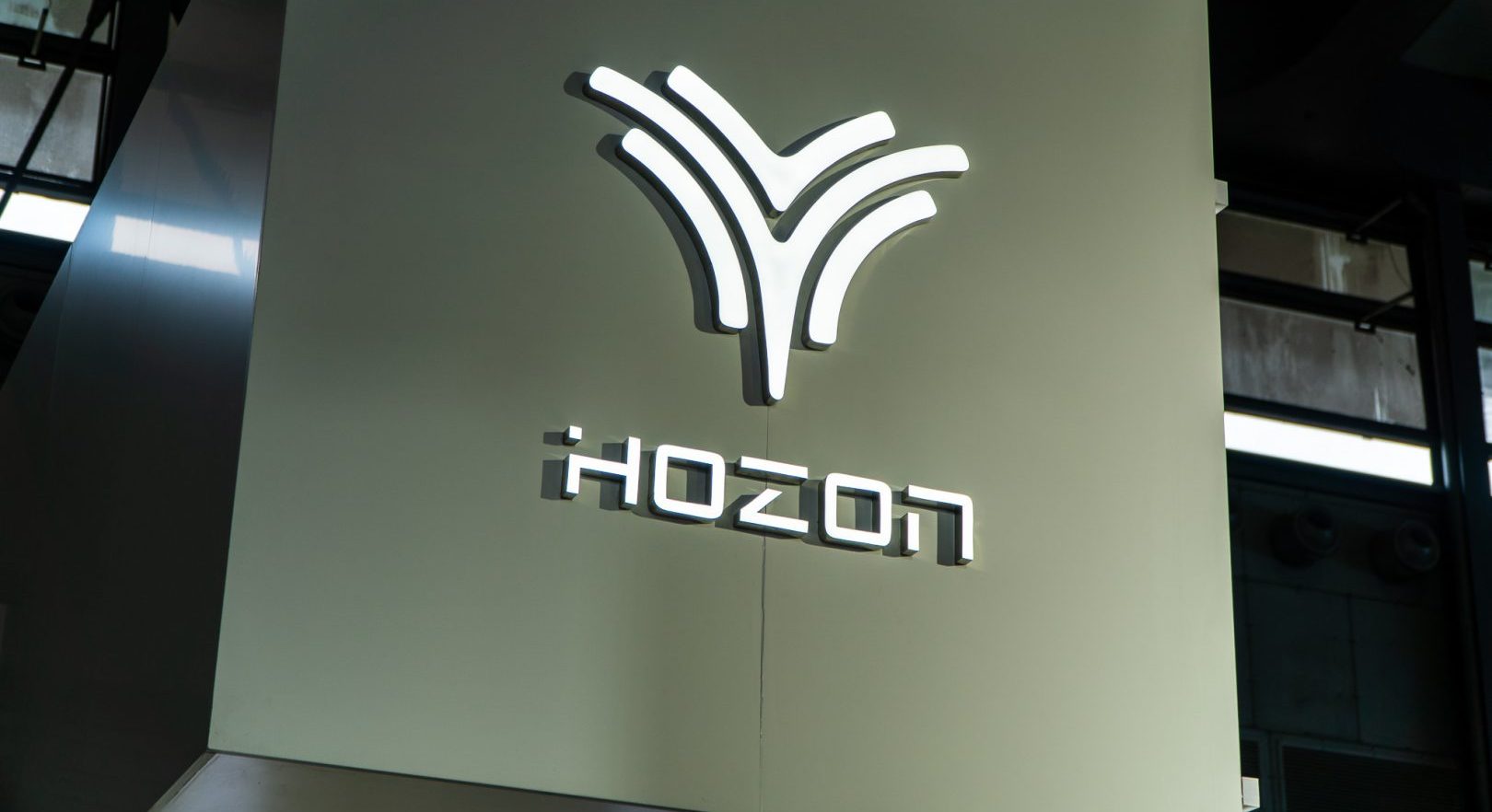Picture this: You’ve just spent two years and $10 million implementing a shiny new ERP system. The go-live was successful, teams are adapting, and ROI projections look promising. But there’s an elephant in the room that nobody wants to address—your old system is still running, consuming resources, and quietly draining your budget while posing mounting security risks.
Welcome to the world of legacy ERP decommissioning, the neglected stepchild of digital transformation that’s become one of the most critical challenges facing modern enterprises. While companies celebrate their ERP victories, they’re often unaware they’re still hemorrhaging money on systems that should have been retired years ago.
The Multi-Billion Dollar Blind Spot
The numbers are staggering. Around 40% of business leaders cite legacy systems as a major barrier to digital transformation, according to Accenture, yet only a fraction take decisive action on decommissioning. Meanwhile, organizations that modernized their ERP systems saw 90.5% experiencing reduced IT maintenance costs in 2024 (up from 68% in 2023). The message is clear: companies that properly sunset their legacy systems are reaping significant financial rewards.
The ERP market itself tells a compelling story. 1.4 million companies will spend $183 billion on ERP systems over the next 12 months, with the global market projected to reach $40.6 billion by 2033. But here’s the kicker – much of this spending represents replacement projects where organizations are essentially paying twice: once for the new system and again to maintain the old one.
The Hidden Cost Calculator
Let’s break down what keeping that legacy system actually costs you. The old running instance will cost resources in your data center, physical and virtual server costs, OS and database license costs, will need regular maintenance by your team admins. The list of hidden expenses is surprisingly long:
- Infrastructure costs: Physical servers, virtualization licenses, storage, and floor space
- Software licensing: Database, operating system, and application maintenance fees
- Human resources: Specialized administrators who understand increasingly obsolete systems
- Security vulnerabilities: Legacy systems are particularly vulnerable to cyberattacks and often lack modern encryption or access controls
- Compliance risks: Outdated systems struggle to meet evolving regulatory requirements
Perhaps most insidiously, legacy systems create what industry experts call “technical debt” – the accumulated cost of choosing easy solutions now that become expensive to maintain later.
The Art and Science of Saying Goodbye
So how do you properly decommission a legacy ERP system? It’s not simply a matter of hitting the power button. The process requires careful orchestration across multiple phases, each with its own challenges and considerations.
The journey begins with requirements gathering – understanding both legal mandates and business needs. Legal requirements include data retention laws, regulatory access, and data privacy, while business requirements often center on historical data that’s valuable for forecasting and analysis.
Next comes the critical decision: What happens to all that data? Organizations typically choose from several approaches:
- Read-only mode: Keep the system running but prevent new data entry
- Standard archive systems: Use commercial solutions with pre-built connectors
- Database migration: Convert legacy data to modern formats
- Custom archive solutions: Build tailored systems for specific organizational needs
Each approach has its trade-offs. Read-only mode is simple but expensive to maintain. Standard archives work well for financial data but may not handle industry-specific information. Custom solutions offer the most flexibility but require significant development investment.
The Success Stories: Learning from the Leaders
The companies getting this right are seeing remarkable results. Among organizations surveyed by SNP Group that are already running SAP S/4HANA, the proportion considering switching to RISE with SAP rose from 23% in 2022 to 30% in 2024. These organizations are leveraging SAP’s modernization programs to not just migrate but also properly decommission their legacy systems.
Take the example of companies using TJC Group’s ELSA (Enterprise Legacy System Application), a unique, SAP certified solution that makes accessing any SAP and non-SAP legacy systems that are no longer required for day-to-day business transactions as simple as possible. This approach allows organizations to shut down their legacy systems while maintaining access to historical data through a modern interface.
Similarly, Oracle customers are finding success with solutions like Oracle’s APEX-based archiving solution, which provides pre-built reports for the most common queries customers use. This approach significantly reduces the complexity and cost of maintaining historical data access.
The Strategic Imperative
What makes legacy decommissioning truly strategic is its connection to broader business objectives. SNP Group found that 55% of companies place value on sales growth through the development of new business models, markets and customer groups when implementing new ERP systems. But these benefits can only be fully realized when organizations aren’t dragged down by the operational burden of maintaining parallel systems.
The cybersecurity angle adds another layer of urgency. 59% of CISOs report that outdated infrastructure is their biggest challenge in addressing emerging threats, according to MySoftwareSolutions. Legacy systems often become the weakest link in an organization’s security posture, creating vulnerabilities that modern threats are specifically designed to exploit.
The Road Ahead
As we look toward the future, the pressure to properly decommission legacy systems will only intensify. The cloud ERP market is expected to grow from $72.2 billion in 2023 to $130.5 billion by 2028, driven partly by organizations seeking to escape the burden of maintaining aging on-premises systems.
The companies that will thrive are those that view decommissioning not as a necessary evil but as a strategic opportunity. By properly sunsetting legacy systems, organizations can redirect resources toward innovation, reduce their attack surface, and eliminate the operational drag that comes with maintaining parallel systems.
The elephant in the room isn’t going away on its own. It’s time to address it head-on, with the same strategic rigor that organizations bring to their ERP implementations. The cost of inaction is simply too high—and the benefits of getting it right are too significant to ignore.
What this means for ERP Insiders
Budget for decommissioning from day one. Customers with on-premises implementations of SAP S/4HANA and SAP ERP Central Component (ECC) can reduce the cost of their cloud migrations through programs like SAP’s RISE Migration and Modernization initiative. However, these savings are only realized when decommissioning is properly planned and executed. Most organizations report that migration costs exceed their original budgets, primarily due to unforeseen consulting fees and implementation services. The missing piece? Decommissioning costs are rarely factored into initial project budgets. Allocate 15-20% of your total ERP implementation budget specifically for legacy system decommissioning. This includes archiving solutions, data migration tools, and specialized consulting services. Organizations using SAP should leverage any available RISE program financial incentives to offset these costs. For Oracle customers, consider solutions like Inoapps’ APEX-based archiving platform, which provides pre-built reports for common queries and significantly reduces long-term maintenance overhead.
Prioritize integrated archiving solutions. TJC Group’s ELSA solution can decommission 100% of legacy systems – from a single ERP to hundreds of apps – and maintain traceability logs to ensure future compliance with tax requirements and data privacy laws. Modern archiving platforms offer unprecedented flexibility and cost-effectiveness compared to maintaining legacy systems in read-only mode. More than two-thirds of businesses still use mainframe or legacy applications to run their core business operations, with many organizations keeping these systems running due to concerns about data access and compliance requirements. Evaluate integrated archiving solutions that can handle both SAP and non-SAP systems within a single platform. Look for solutions that offer native cloud deployment, automated data classification, and role-based access controls. For Microsoft Dynamics customers, Microsoft’s new licensing model includes provisions for decommissioning unnecessary environments, providing additional cost-saving opportunities. Prioritize solutions that maintain full audit trails and support evolving privacy regulations like GDPR and CCPA.
Leverage AI-driven data classification for compliance. AI-driven data classification can automatically classify data for easier migration and compliance, dramatically reducing the time and cost associated with legacy system decommissioning while ensuring regulatory compliance. Organizations face potential costs of $4.2M to $7.3M annually for large enterprises, including maximum ransomware exposure and substantial efficiency losses when legacy systems are not properly secured and decommissioned. Implement AI-powered data classification tools as part of your decommissioning strategy. These solutions can automatically identify sensitive data, classify information based on regulatory requirements, and streamline the archiving process. For Oracle customers, consider solutions like Neev’s Content Suite, which offers AI-driven tools to classify and index data and documents, enabling quick retrieval for audits and reports. For SAP environments, leverage machine learning capabilities within the RISE program to automate data cleansing and migration processes. This approach not only reduces manual effort but also ensures consistent application of data governance policies across your entire legacy estate.










